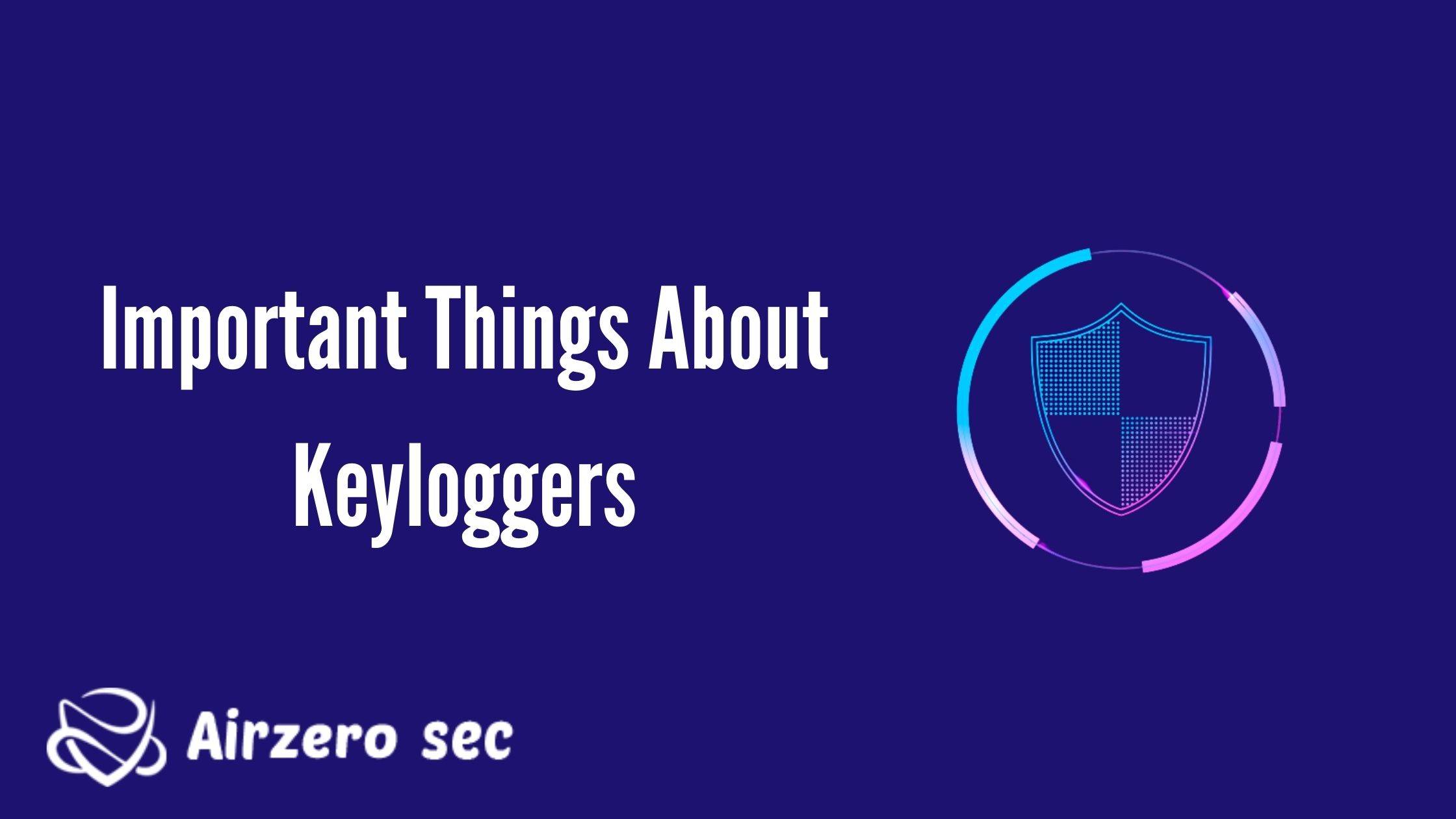
What is a Keylogger?
Keyloggers operate in the context of cyber threats, they are not always illegal to download and use. Keyloggers are a major tool for corporations, which IT use to troubleshoot technical mistakes on their systems and networks—or to keep an eye on staff surreptitiously and who want to check other activities and to monitor them.
In these cases, if the company or person that is enabling the keylogger actually owns the device, then it’s correctly legal. And there are hundreds of commercially available keyloggers on the Internet.
However, the thinking about keyloggers is when suspicious cybercriminals are behind them. And they definitely do not own the device they attack. You don’t have any idea they’ve breached your computer, and depending on what type of keylogger it is, it can steal any passwords you’ve entered, periodically take screenshots, record the web pages you view, grab on to your sent emails and any instant messaging sessions, as well as sensitive financial information and then send all that data over the network to a remote computer. There, the individual operating the logging program can use it all, no doubt sending it to criminals for criminal purposes.
Keyloggers come in two wide flavors—hardware devices and the more common software variety. Hardware machines can be embedded in the internal PC hardware itself, But that means that the cybercriminal has to have physical touch to the PC while you’re not present in order to plant the hardware keyloggers.
Software keyloggers are much easier to introduce to and install on victims’ systems, which is why that variety is much more basic. Unlike other types of software, keyloggers are not a problem to the systems they infect themselves. In fact, the whole point of keyloggers is to work behind the cases, sniffing out the keystrokes while the computer continues to work normally. But even if they don’t destroy the hardware, keyloggers are of course a threat to users, especially when they steal data pertinent to any number of internet payment systems.
How can you tell if you have a keylogger infection?
Keyloggers invade personal computers in the same way that other cyber threats do. The download when you click on a file attachment that you’ve been duped into opening most basically because you fell for a social engineering scheme. That type of attachment can come to you by email, through a text message, an instant message, on social networks, or even through a visit to an otherwise legitimate but infected website. Also, keyloggers are very rare when they arrive solo. The same Trojan that transports the keylogger can slip other malware on your personal computer such as adware, spyware, etc.
How can you identify and remove keyloggers?
The well-designed basic grade of keylogger commonly works flawlessly, so it does not be a threat to the system’s performance at all. If the keylogger is transporting reports to a remote operator, it disguises itself as normal files. Some of the programs will even show a notice on the screen that the system is being observed such as in a corporate computing ecosystem. Others can reinstall themselves if users somehow succeed in identifying them and attempting to remove them.
Keyloggers of bad quality might reveal themselves in a number of ways. The software might subtly degrade smartphone screenshots to a viewable form. On all devices, there could be a slowdown in web searching performance. Or there’s a distinct slowness in your mouse movement, or what you are actually typing doesn’t show up on your display. You might even get an error message when loading graphics. All in all, something just needs to be stopped.
Of course, the best way to secure yourself and your personal computer from falling victim to keyloggers is to scan your system regularly with a quality cybersecurity program. For instance, Malwarebytes is fully secured to sniff out keyloggers. It uses signature recognition, and identification of perfect keylogger behavior associated with keystroke and screenshot capturing to first identify the malware, and then delete it. You can try malware bytes if you're worried you may have a malware mistake.
How can you protect yourself from Keyloggers?
Avoid keyloggers by avoiding the user problems that transform their ability to infect phones and computers. It starts with keeping your os, your applications, and web browsers up to date with the latest safety patches. Always be concerned about any attachments you receive, especially unwanted ones even if they seem to come from someone you know. When in doubt, contact the sender to enquire. Keep your passwords long and be more complex, and avoid using the same one for different machines.
Real-time, always-on anti-malware security is the gold standard for preventing not only infection from a keylogger, but also from all other associated cyber problems. For all platforms and devices, from personal computers and mobile phones to business environments, Malwarebytes is a first-line defense against the relentless onslaught of criminal attacks.
If you have any doubts about this topic or have to get the best cybersecurity services and get the best protection from cyber threats. Feel free to contact us. AIRZERO SEC will be your digital partner. Email id: defender@airzerosec.com
 Author - Johnson Augustine
Author - Johnson Augustine
Ethical Hacker and Data Security Researcher
Founder: Airo Global Software Inc
LinkedIn Profile: www.linkedin.com/in/johnsontaugustine/

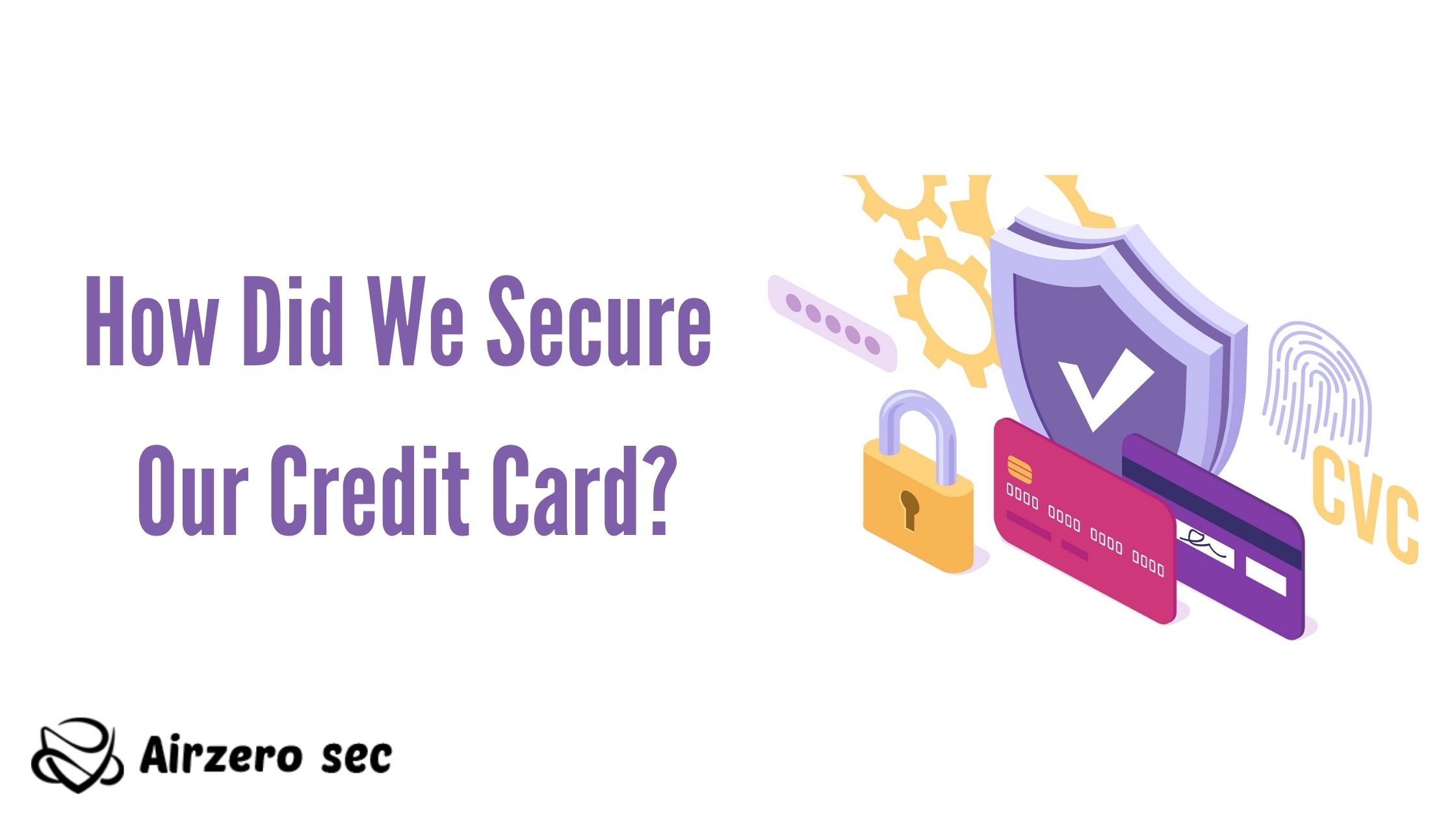
 Author - Johnson Augustine
Author - Johnson Augustine

 Author - Johnson Augustine
Author - Johnson Augustine
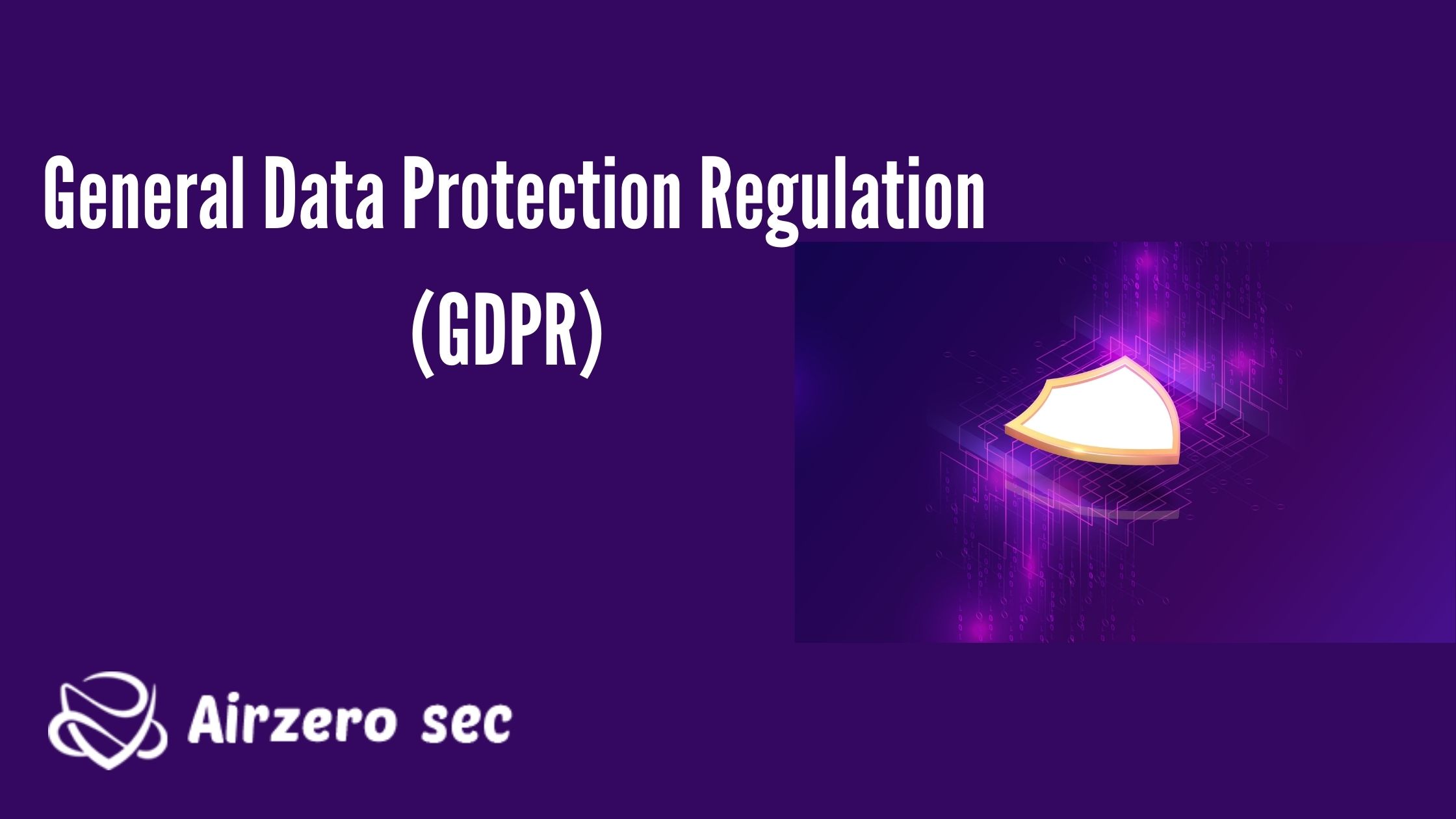
 Author - Johnson Augustine
Author - Johnson Augustine


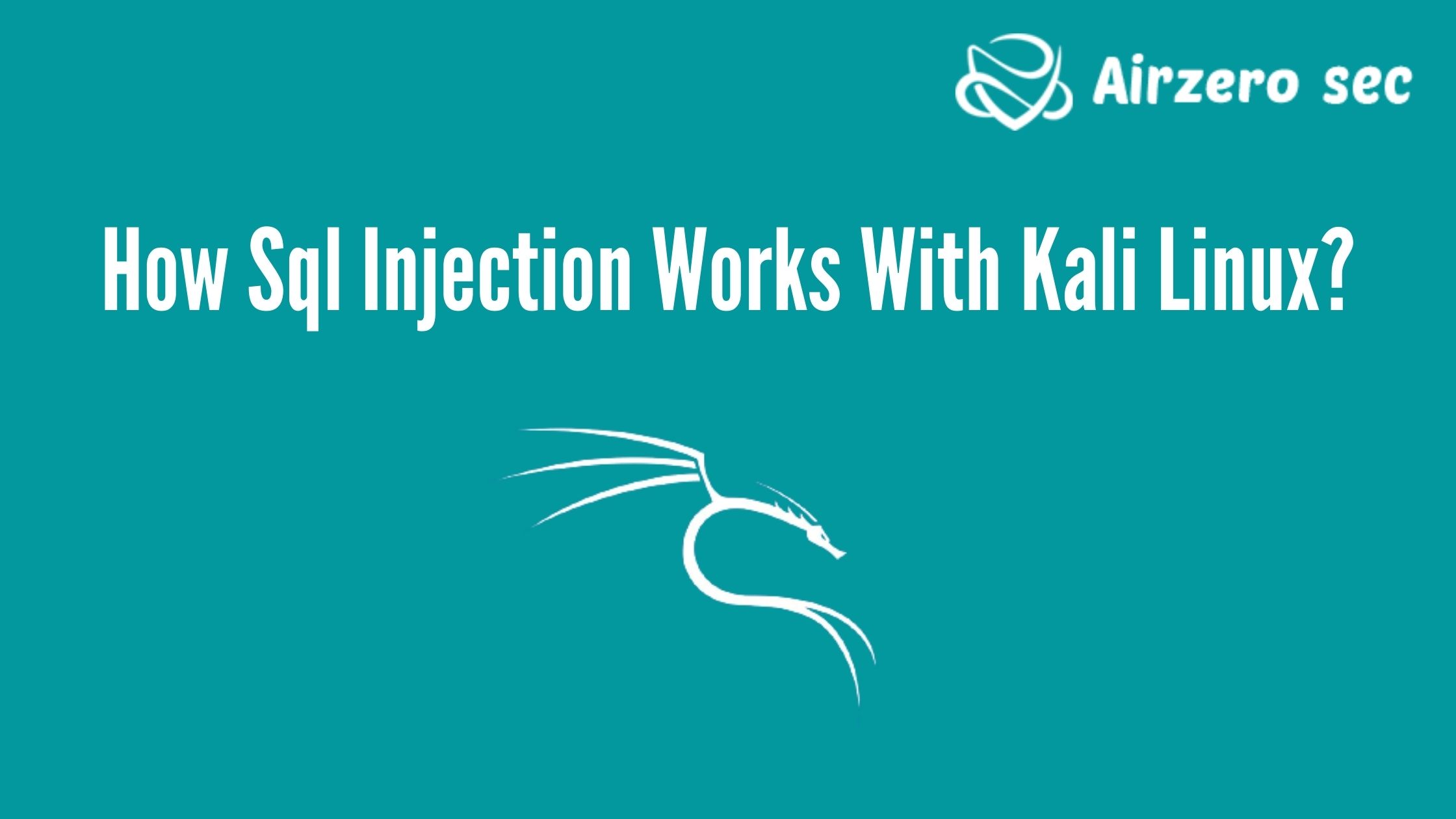

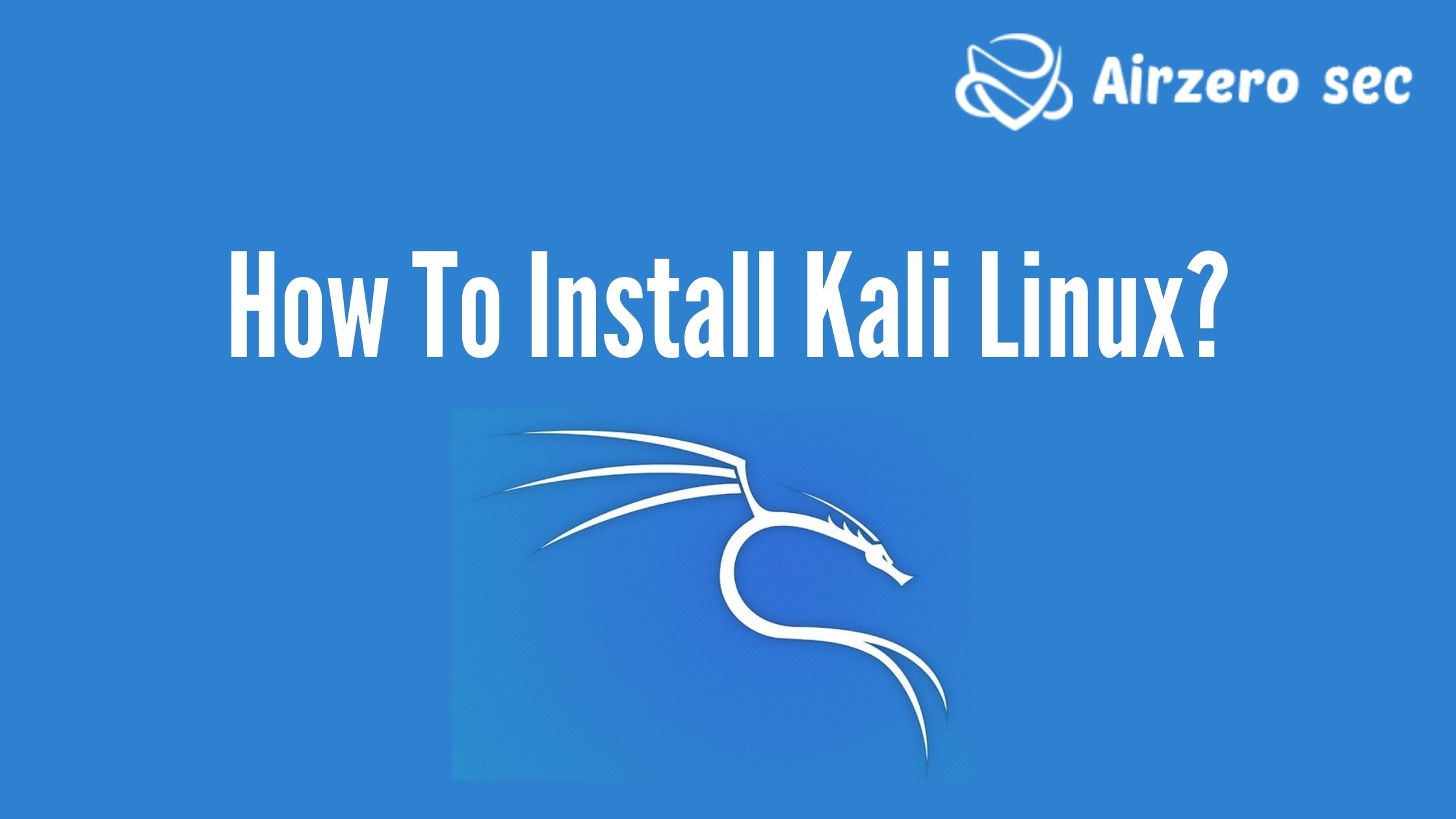




 Author - Johnson Augustine
Author - Johnson Augustine
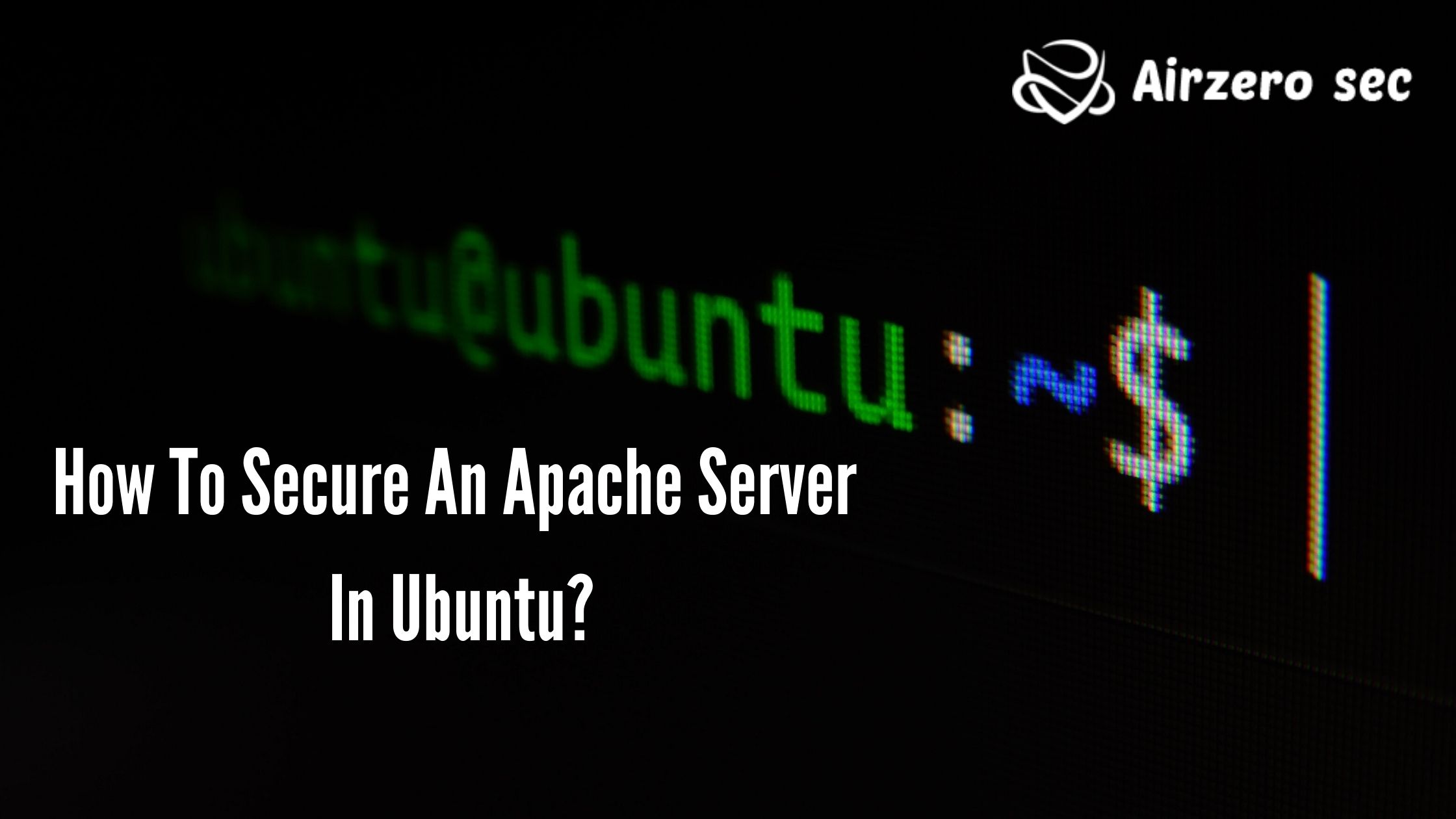
 Author - Johnson Augustine
Author - Johnson Augustine